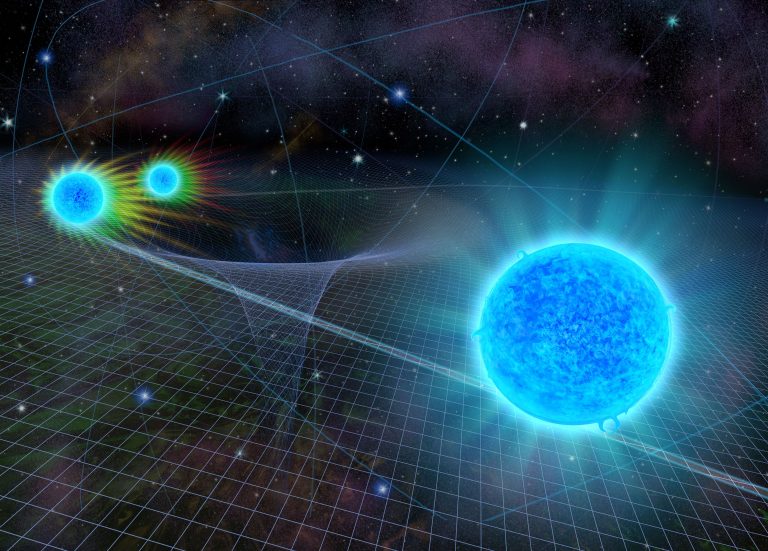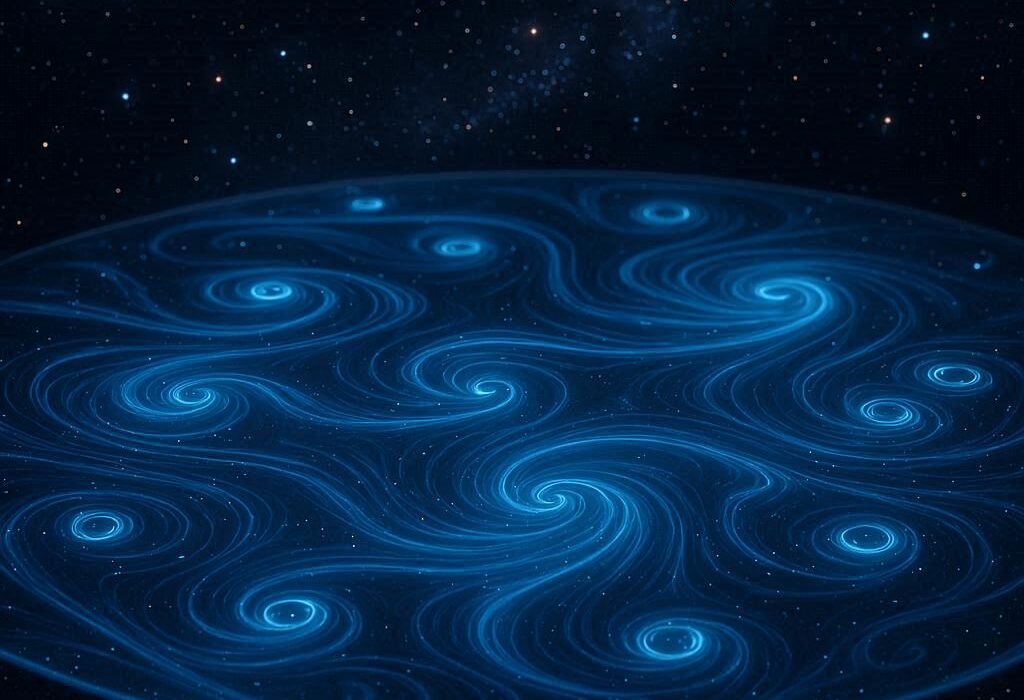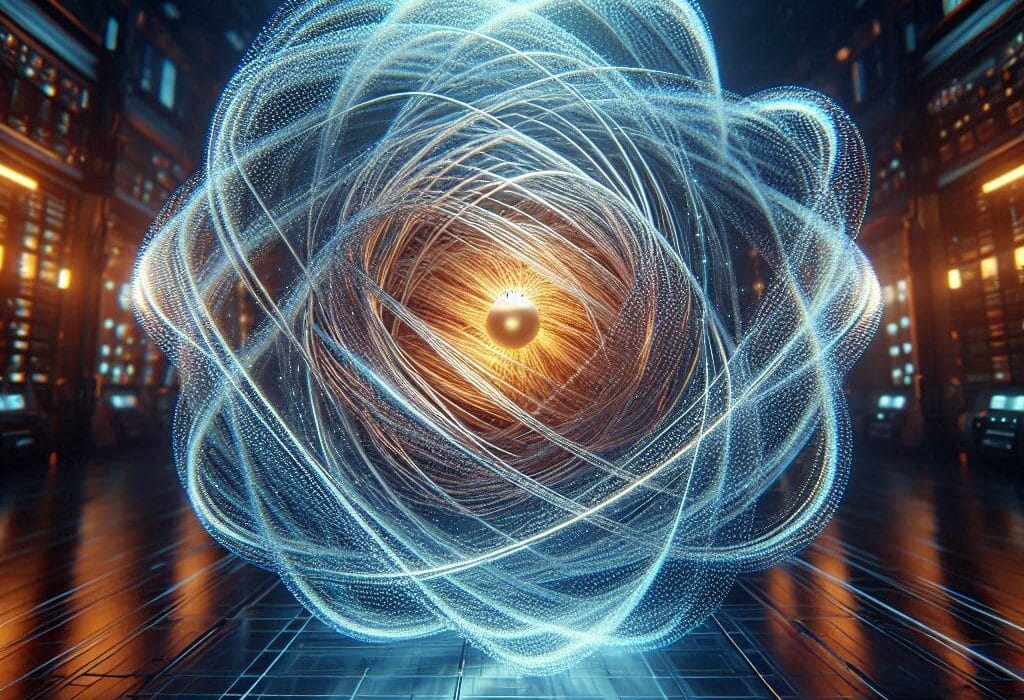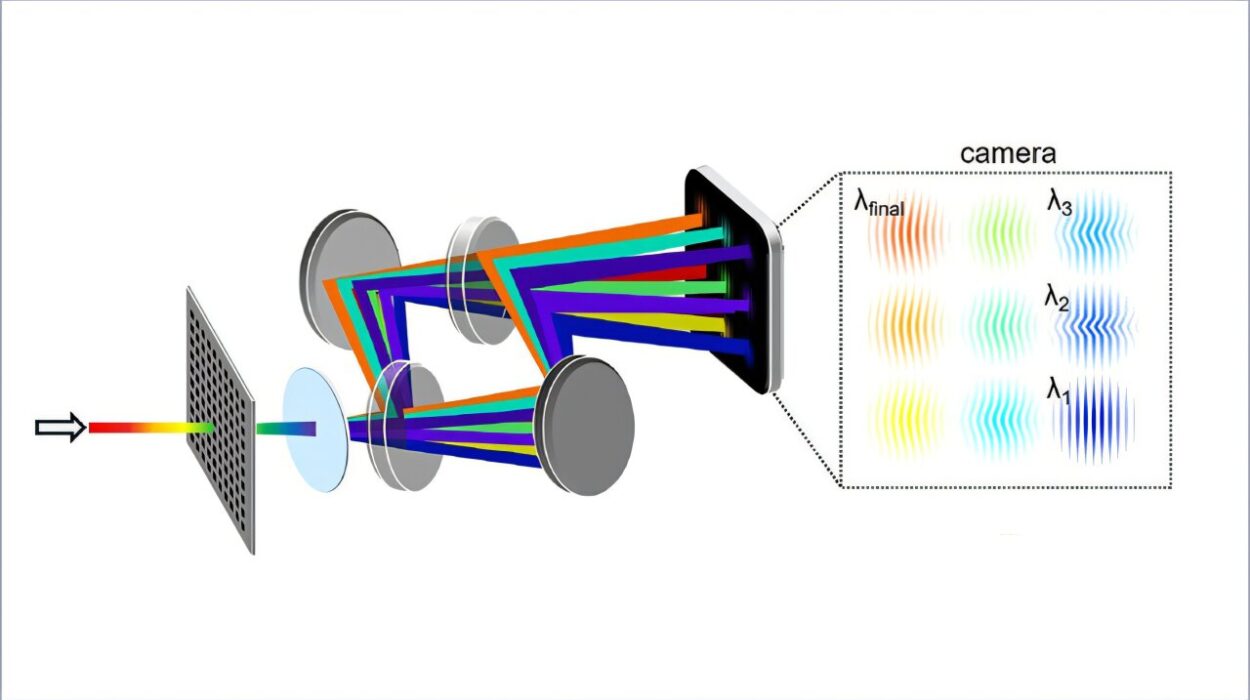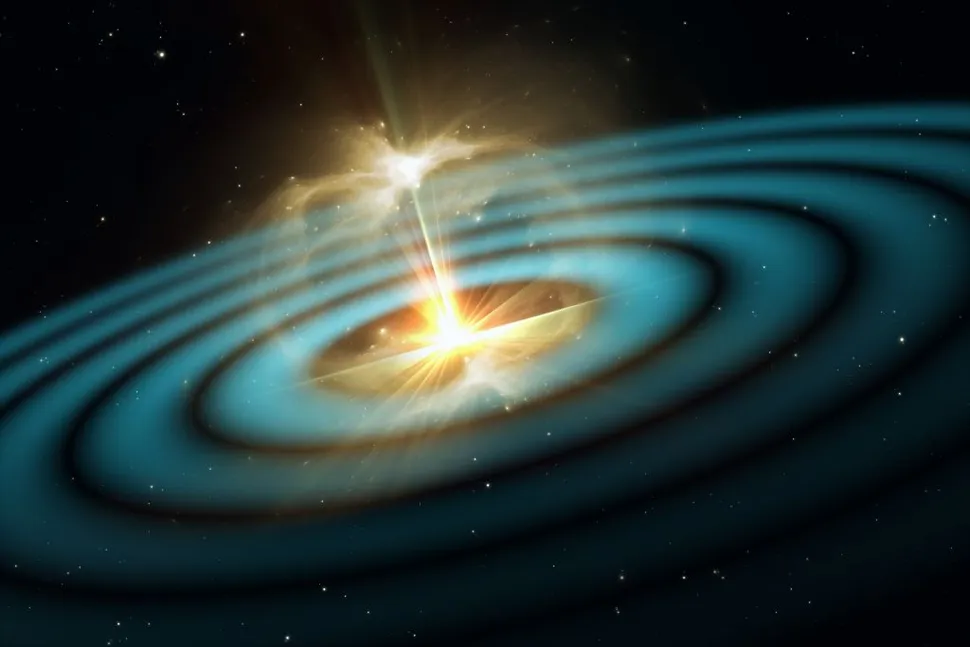For centuries, humans have sought innovative ways to generate energy, from harnessing the sun’s rays to tapping into the power of wind and water. Now, a team of physicists from Princeton University, the California Institute of Technology’s Jet Propulsion Laboratory (CIT-JPL), and Spectral Sensor Solutions is proposing an astonishing new concept: generating electricity using the energy of Earth’s rotation.
Published in Physical Review Research, the study by Christopher Chyba, Kevin Hand, and Thomas Chyba explores whether electricity can be extracted from the interaction between Earth’s rotation and its magnetic field. This novel idea, once thought impossible due to theoretical constraints, could open doors to a previously untapped energy source. But how does this work, and what did their experiment reveal?
The Concept: Extracting Energy from Earth’s Rotation
The Earth’s rotation is an immense source of kinetic energy, and its magnetic field—a product of molten iron movement in the planet’s outer core—encompasses the planet like a protective shield. The fundamental question the researchers asked was: could the movement of a conductor through this magnetic field generate electricity in a practical way?
Historically, scientists have been skeptical. Prior theoretical analyses suggested that any electric potential generated by such a system would be neutralized as free-moving electrons realign to cancel the field’s effects. This was considered a major roadblock in tapping Earth’s rotation as an energy source.
But Chyba and his colleagues wondered: What if this cancellation could be prevented? Could they capture the voltage before it dissipates? Their latest experiment was designed to test this very possibility.
The Breakthrough Experiment
To investigate, the team constructed a special device consisting of a cylindrical core made from manganese-zinc ferrite—a material chosen for its weak conductivity and magnetic shielding properties. The cylinder was carefully positioned at a 57-degree angle, ensuring it was perpendicular to both the Earth’s rotational motion and its magnetic field.
This precise alignment was crucial, as it allowed the researchers to test whether electrons would move in a way that would generate a detectable voltage. To ensure accuracy, electrodes were placed at both ends of the cylinder to measure any electrical potential. The researchers also controlled for external factors, such as temperature variations, that could interfere with the results.
Then, to eliminate any potential interference from photoelectric effects (where light exposure could create an electric current), they conducted the experiment in total darkness.
The Astonishing Results
The team’s measurements revealed something remarkable: a tiny but measurable voltage of 18 microvolts was detected across the cylinder. More importantly, the researchers ruled out other potential sources of this voltage. When they altered the cylinder’s orientation or used control materials, no voltage was observed. This strongly indicated that the detected electricity was indeed a result of the Earth’s rotational energy interacting with its magnetic field.
This finding challenges conventional wisdom and hints at a new way to harvest energy. If this phenomenon can be scaled up, it could provide a novel energy source that has never been exploited before.
Challenges and Future Potential
While the detected voltage is minuscule—far from being a practical energy source—it represents a groundbreaking proof of concept. The next step is verification: other researchers need to replicate the experiment under different conditions to rule out unknown factors that might have contributed to the voltage.
If validated, the implications could be profound. While a single device may generate only microvolts, an array of such devices—or a larger, optimized system—might generate significant amounts of electricity. Theoretically, this could lead to a new form of renewable energy that does not rely on sunlight, wind, or water, but instead taps into the natural kinetic forces of our planet itself.
A New Era of Energy Innovation?
The concept of generating electricity from the Earth’s movement is still in its infancy, but this experiment breathes new life into an idea once thought impossible. If further studies confirm and optimize the process, this technology could pave the way for an entirely new class of energy production—one that operates 24/7, independent of weather conditions or seasonal changes.
For now, the research community eagerly awaits additional tests and refinements. Could the Earth’s own rotation become a future energy source? The work of Chyba, Hand, and Chyba suggests that the answer might one day be yes.
Reference: Christopher F. Chyba et al, Experimental demonstration of electric power generation from Earth’s rotation through its own magnetic field, Physical Review Research (2025). DOI: 10.1103/PhysRevResearch.7.013285

